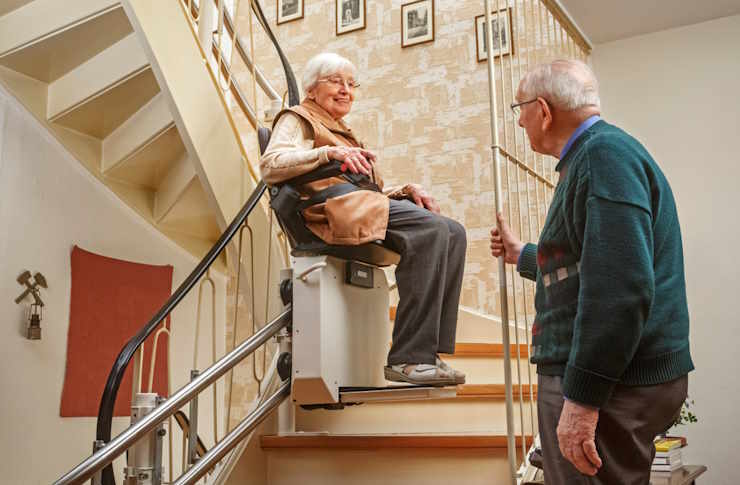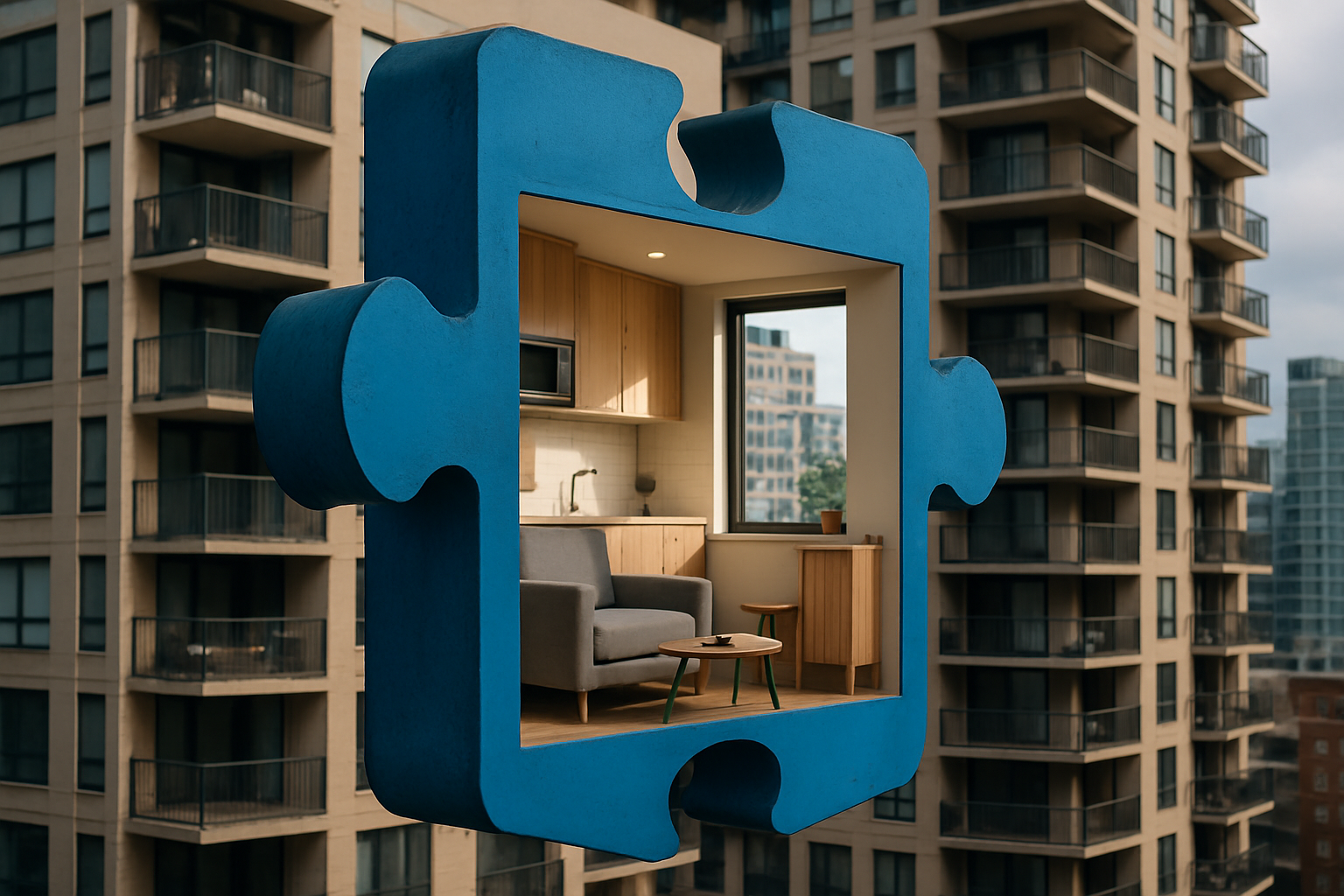Senior Living Options: Exploring Over 55 Cottages and 2-Bedroom Senior Homes
As people approach retirement age, many begin considering housing options that better suit their changing needs and lifestyle preferences. Senior living communities offer various residential choices designed specifically for adults aged 55 and older, with two popular options being over 55 cottages and 2-bedroom senior homes. These housing alternatives provide opportunities for downsizing while maintaining independence, often within communities that offer social connections, maintenance-free living, and age-appropriate amenities. Understanding the differences between these options can help seniors and their families make informed decisions about their future living arrangements.

What Are Over 55 Cottages and Their Community Benefits?
Over 55 cottages represent a form of independent living designed specifically for active adults who want to maintain their autonomy while enjoying community amenities. These single-story or small multi-level homes typically feature one to three bedrooms and are situated within age-restricted communities. The cottage-style design often includes private entrances, small yards or patios, and architectural features that reflect traditional home aesthetics while incorporating accessibility considerations.
The community benefits associated with over 55 cottages extend beyond the physical structure of the home itself. Residents typically have access to clubhouses, fitness centers, walking trails, and organized social activities. Many communities also provide maintenance services for exterior upkeep, landscaping, and snow removal, allowing residents to focus on enjoying their retirement years rather than worrying about property maintenance tasks.
How Do 2-Bedroom Senior Homes Serve Downsizing Needs?
Two-bedroom senior homes offer an ideal solution for couples or individuals who need more space than a studio or one-bedroom unit but want to downsize from larger family homes. These residences typically range from 900 to 1,400 square feet and include features like walk-in closets, accessible bathrooms, and open floor plans that accommodate mobility aids if needed in the future.
The downsizing process becomes more manageable when moving to a 2-bedroom senior home because residents can maintain separate spaces for sleeping and activities while reducing overall square footage and associated costs. The second bedroom often serves as a home office, craft room, or guest bedroom for visiting family members, providing flexibility that many seniors appreciate during their transition to a smaller living space.
What Variety and Flexibility Do Senior Living 2-Bedroom Options Offer?
Senior living 2-bedroom options come in various formats to accommodate different preferences and needs. Some communities offer apartment-style units within larger buildings, while others provide standalone homes or townhouse-style residences. The variety extends to floor plans, with some featuring split-bedroom layouts for privacy and others designed with bedrooms adjacent to each other for convenience.
Flexibility in senior living 2-bedroom options also includes different levels of service and care. Some communities operate as independent living facilities where residents manage their own daily activities, while others offer assisted living services that can be added as needs change. This adaptability allows seniors to age in place without necessarily having to relocate to a different type of facility as their care requirements evolve.
What Age-Friendly Design Features Do Senior Houses Include?
Senior houses incorporate numerous age-friendly design features that prioritize safety, accessibility, and comfort. These typically include single-floor living or minimal steps, wider doorways and hallways to accommodate wheelchairs or walkers, and accessible bathroom features such as walk-in showers, grab bars, and comfort-height toilets. Kitchen designs often feature lower countertops, pull-out drawers instead of deep cabinets, and lever-style door handles that are easier to operate than traditional knobs.
Additional design considerations include adequate lighting throughout the home, non-slip flooring materials, and electrical outlets positioned at convenient heights to reduce bending and stretching. Many senior houses also include emergency response systems, either built-in or easily installed, to provide peace of mind for both residents and their families.
What Options Exist Across the Senior Citizen Care Spectrum?
Senior citizen homes span a broad spectrum of care levels and living arrangements. Independent living communities cater to active seniors who require minimal assistance, while assisted living facilities provide support with daily activities like medication management, meal preparation, and personal care. Memory care units serve individuals with dementia or Alzheimer’s disease, offering specialized programming and secure environments.
The spectrum also includes continuing care retirement communities (CCRCs) that provide multiple levels of care on one campus, allowing residents to transition between different care levels as needed. Adult family homes and residential care facilities offer smaller, more intimate settings for seniors who prefer a home-like environment with personalized care. Skilled nursing facilities provide the highest level of medical care for seniors with complex health needs.
| Provider Type | Housing Style | Monthly Cost Range | Key Features |
|---|---|---|---|
| Del Webb Communities | Over 55 Cottages | $2,500-$4,500 | Golf courses, fitness centers, clubhouses |
| Brookdale Senior Living | 2-Bedroom Apartments | $3,000-$6,000 | Dining services, housekeeping, activities |
| Holiday Retirement | 2-Bedroom Units | $2,800-$5,200 | All-inclusive pricing, social programs |
| Sunrise Senior Living | Various Floor Plans | $4,000-$7,500 | Personalized care, restaurant-style dining |
Prices, rates, or cost estimates mentioned in this article are based on the latest available information but may change over time. Independent research is advised before making financial decisions.
Making the Right Choice for Your Future
Selecting the appropriate senior living option requires careful consideration of current needs, future care requirements, financial resources, and personal preferences. Over 55 cottages work well for active seniors who value independence and community amenities, while 2-bedroom senior homes offer flexibility for those transitioning from larger residences. Both options provide opportunities to maintain autonomy while accessing support services and social connections that enhance quality of life during retirement years.
This article is for informational purposes only and should not be considered medical advice. Please consult a qualified healthcare professional for personalized guidance and treatment.




